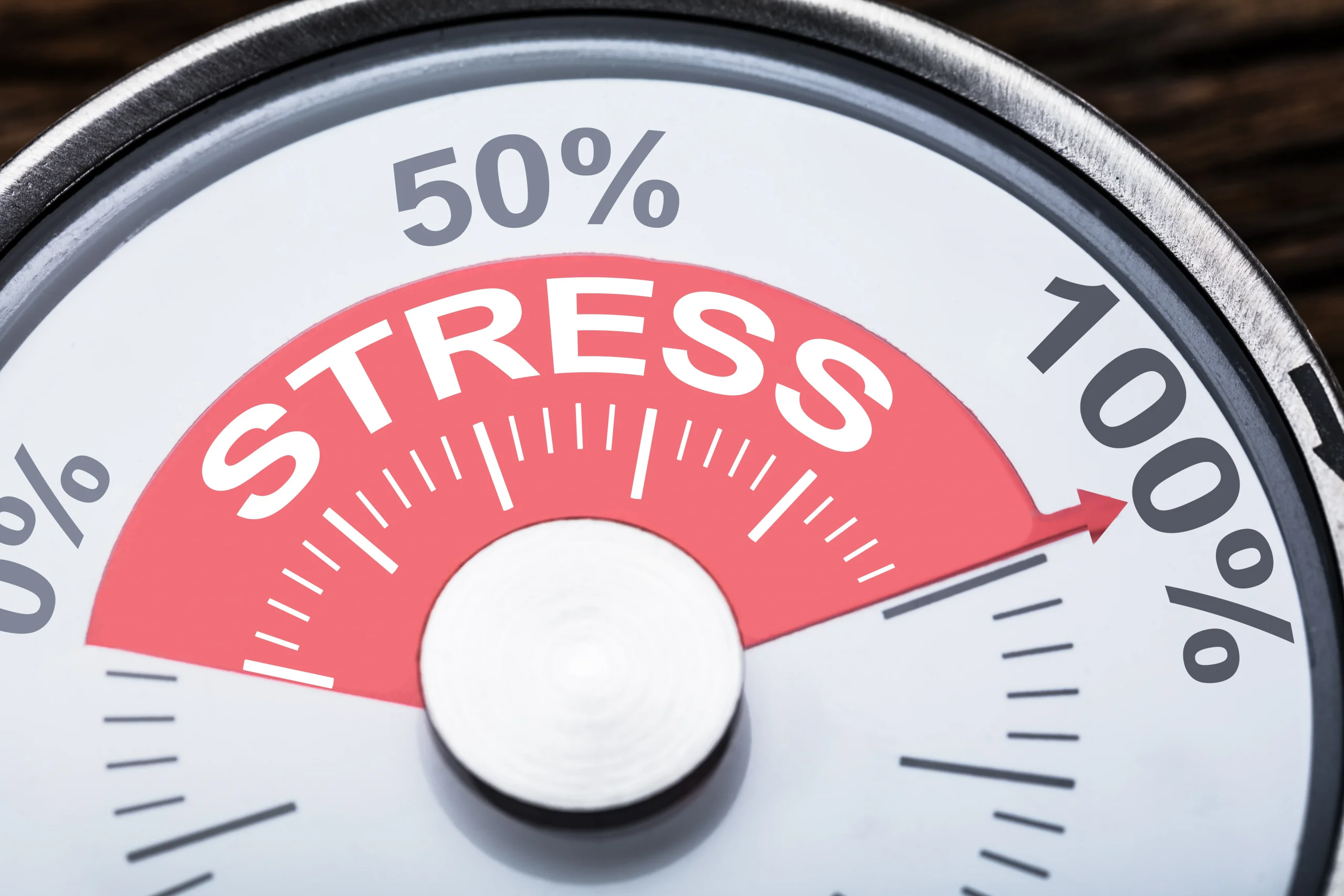Do your shoulders feel like you are carrying the weight of the world? You are not alone. Whether it is hours at a desk, stress overload, or poor posture, tight shoulder muscles are one of the most common—and overlooked—sources of discomfort.
Understanding shoulder tightness

Shoulder tightness often feels like a dull, aching sensation in the shoulder area. It can intensify during certain movements or at night, making it difficult to sleep. The pain arises from inflammation and thickening of the shoulder, which restricts movement and causes discomfort.
Common causes
A combination of factors causes tight shoulders. Let us explore them.
Poor posture
Slouching and forward head posture can strain the neck and shoulder muscles, leading to tightness and stiffness. Incorrect screen height or chair positioning at a computer can also contribute to poor posture and shoulder strain. Additionally, sitting for prolonged periods, using a phone, or carrying heavy bags can all lead to muscle tension and tightness.
आपके हृदय के स्वास्थ्य को
Stress can lead to muscle tension, particularly in the neck and shoulders. Emotional stress often manifests as physical tightness and tension.
Overuse of shoulder muscles
Excessive use of shoulder muscles can result in tight and stiff muscles due to inflammation and strain.
1 Repetitive movements
Repetitive movements, such as swimming, participating in sports (like baseball or tennis), or performing specific tasks, can overstrain shoulder muscles, resulting in inflammation and tightness.
2 Heavy lifting
Lifting heavy objects incorrectly can strain the shoulder muscles and cause them to become tight.
Effective stretches
Certain exercises can help relieve shoulder tightness. Here are some effective ways to relax shoulder muscles:
Shoulder rolls
Given below are the steps to perform shoulder rolls:
- Maintain proper posture whether standing or sitting.
- Roll your shoulders up, back, and down.
- Repeat this movement 10 times.
- Next, roll your shoulders up, forward, and down 10 times.
Cross-body shoulder stretch
To perform a cross-body shoulder stretch:
- Stand with your feet shoulder-width apart.
- Extend one arm straight out to the side, parallel to the floor.
- Bring the extended arm across your body, keeping your elbow slightly bent.
- Use your opposite hand to gently grasp the elbow of the extended arm and pull it towards your chest, feeling a stretch in your shoulder and upper back.
- Keep stretching for 20-30 seconds, maintaining steady breathing.
- Repeat the stretch on the other side.
Thread the needle pose
Given below is how to perform this pose:
- Start on all fours.
- Breathe in and lift your right arm towards the sky while keeping your hips aligned.
- Exhale and thread your right arm under your left armpit, bringing your right shoulder and head to the ground.
- You can deepen the stretch by extending your left arm toward the top of the mat.
- Extend both arms in front of you and return to the tabletop position.
- Repeat on the other side.
Strengthening exercises for flexibility
Consider the following exercises for strengthening stiff shoulders:
Resistance band pull-aparts
Here are the steps for this exercise:
- Begin by standing tall with your feet shoulder-width apart, holding a resistance band in front of you with a grip slightly wider than shoulder-width.
- Keep your arms straight, allowing a slight bend in the elbows, and ensure your elbows are pointed outward.
- Pull the band horizontally apart until it touches your chest, and your hands are aligned with your body. Keep your shoulder blades together as you pull the band apart.
- Pause briefly to focus on the contraction in your upper back, then slowly return to the starting position.
- Repeat for the desired number of repetitions, maintaining control throughout the exercise.
Wall angels
Here are the steps for this:
- Stand approximately 6 to 8 inches from the wall, resting your butt, back, shoulders, and head against it.
- Begin with a neutral spine by drawing your belly button inwards. Draw your ribs in and down while allowing your lower back to remain slightly away.
- Tuck your chin slightly, attempting to touch the back of your head to the wall. Place a small pillow behind your head if it’s difficult to achieve this.
- Next, reach your arms straight up and place them on the wall overhead, aiming to get the back of your hands to touch the wall in a V position. If you experience any difficulty with this alignment, step away from the wall to see if that corrects the issue.
- Then, bend your elbows as you slide down the wall until your hands are above your shoulders while keeping your head, trunk, and butt against the wall.
- Lower only as much as you can while maintaining a good posture. Hold for a count of 5 at the lowest point before returning to the V starting position, ensuring you maintain alignment.
- Repeat 5 to 10 reps, stopping if your muscles can no longer hold the postural alignment without pain.
Reverse flys
Follow the steps below to perform this exercise:
- Stand with your feet shoulder-width apart, holding dumbbells at your sides or using a cable or band.
Bend forward from the hips, keeping your back straight and your core engaged. - With a slight bend in your elbows, pull the dumbbells (or band/cable) outwards and back, squeezing your shoulder blades together.
- Slowly lower the weights back to the starting position, controlling the movement.
Lifestyle modifications
To avoid shoulder tightness, focus on regular exercise and stretching to preserve flexibility and strength.
Ergonomic workspace setup

Make sure your computer, desk, and chair are properly adjusted to promote good posture and reduce strain on your shoulders.
Regular physical activity
Engaging in exercises that target the shoulder enhances mobility and reduces stiffness. Make sure that you remain physically active.
Stress management techniques
Practise stress-reducing techniques like meditation, yoga, or deep breathing exercises to help alleviate muscle tension.
When to seek professional help
Seek professional help for shoulder tightness if the pain lasts longer than a few weeks of home treatment, worsens, or is accompanied by swelling, redness, or inability to move the shoulder.
Although shoulder pain is common, it can be prevented and treated. To alleviate and prevent shoulder pain, perform these exercises regularly. You may also consider home remedies to correct shoulder pain by yourself. After feeling better, continuing with the exercises and treatments will help prevent the pain from returning. Take measures and proper care to keep shoulder pain at bay.
Key Takeaways
- Poor posture, stress and anxiety can cause shoulder tightness.
- Exercises to relieve shoulder tightness include doing shoulder rolls, threading a needle, and other exercises.
- Ensure regular physical activity and manage stress to prevent shoulder tightness.
Stay tuned to the Activ Living Community. Keep up to date with the latest health tips and trends through expert videos, podcasts, articles, and much more on पोषण, फिटनेस, सचेतन, और लाइफस्टाइल से जुड़ी बीमारियां like Asthma, Blood Pressure, Cholesterol, and Diabetes. Activ Living ke saath sahi sehat ki shuruat ABHI karo.
You may also be interested in the following blogs:
Popular Searches
How to lower blood pressure | Fruits good for liver | Unhealthy foods | रागी के लाभ | बेसल मेटाबोलिक रेट | हाई ब्लड प्रेशर के लिए एक्यूप्रेशर पॉइंट्स | Ayurvedic medicine for blood pressure | How to control cholesterol at home | Homeopathy for Asthma | Biological Age | Home remedies for TB | Natural beta blockers | Negative effects of internet | Types of walking | ब्लड प्रेशर कैलकुलेटर | ब्लड शुगर कैलकुलेटर | BMI कैलकुलेटर





 1800-270-7000
1800-270-7000






